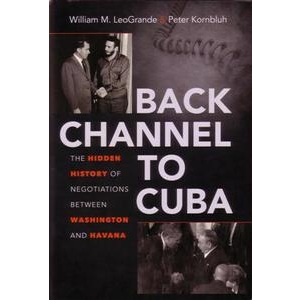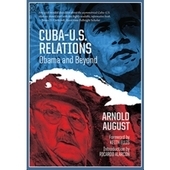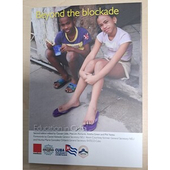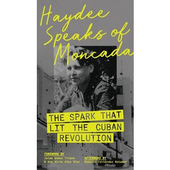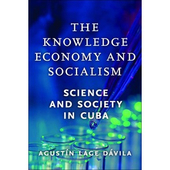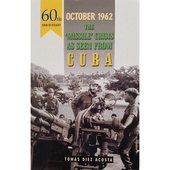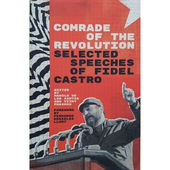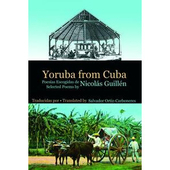Back Channel to Cuba: the Hidden History of Negotiations Between Washington and Havana
By William M. LeoGrande & Peter Kornbluh,
2014 University of North Carolina Press
History of the secret dialogue between the US and Cuba over many years using declassified documents and interviews with participants on both sides of the negotiations. Read the review below.
£29.80 inc p&p
| Check Basket |
Review
As I started to read this book Obama extended “a hand of friendship” to the Cuban people and seemingly began the end of the world’s longest running, failed, illegal and immoral foreign policy. But let’s not get too carried away with our celebrations.
Fidel said the revolution came to power with two broad goals: to win once and for all Cuba’s independence from US domination and to radically change Cuban society in pursuit of greater social justice. Those aims clashed with the US but as this comprehensive chronicle shows so well, direct and confidential back channel diplomacy has been practised in different formats and ways since August 1961. Kennedy tried “the sweet approach” – the possibility of “quietly enticing Castro over to us” with a policy of “overt and covert nastiness” as one TOP SECRET memorandum characterised US operations. Jimmy Carter actually signed in 1977 a presidential decision directive to “achieve normalisation of our relations with Cuba”. Is Obama simply trying an old approach to bring about regime change?
This meticulously researched history of the dance of dialogue between the two countries uses declassified documents and interviews with participants on both sides of the negotiations. It shows intention and realisation are two totally different things, encompassing huge negotiations on complex problems with personalities, cultural differences and competing political viewpoints all influencing progress.
The desire to achieve a ‘Modus Vivendi’ - an arrangement that helps countries work together peacefully even though they do not agree with each other - has tasked every president since 1959. With a fascinating chapter on each administration it is possible to read how in 1968 even Kissinger realised that sustaining an outdated approach to Cuba created far more policy problems for Washington than advantages; how negotiations were nearly successful in 1975 and then stalled over Cuba’s insistence on sending troops to help Angola and how Alexander Haig told Reagan “you just give me the word and I’ll turn the fucking island into a parking lot”. When the Cubans proposed a breakthrough in discussions in 1982 Haig told the President “There is basically no give in the Cuban position”.
Whilst charting every twist, turn and event of history it is the recent discussions which the authors could not report on, assuming they even knew. With hindsight it is now obvious that ‘the handshake’ at Mandela’s funeral was part of the process by which, according to Raul “we learn to mutually respect our differences and get used to co-existing peacefully”.
The overwhelming sense at the end of this book though is that there has been a long trail of broken commitments from Washington. Cuba has often been too eager to negotiate and accept US promises, which, time after time were not kept. As one of the secret emissaries, James Donovan said to Fidel in 1963 “Do you know how porcupines make love?” He said no and Donovan said “very carefully, and that’s how you and the US would have to get into this”. That advice is just as relevant today as it was then.
As both Castros have re-iterated, a successful conclusion is only possible when the US treats “us with a spirit of equality, reciprocity and the fullest mutual respect”. Let us only rejoice if that reality is now.
Bob Oram for CubaSi Winter 2014/15
